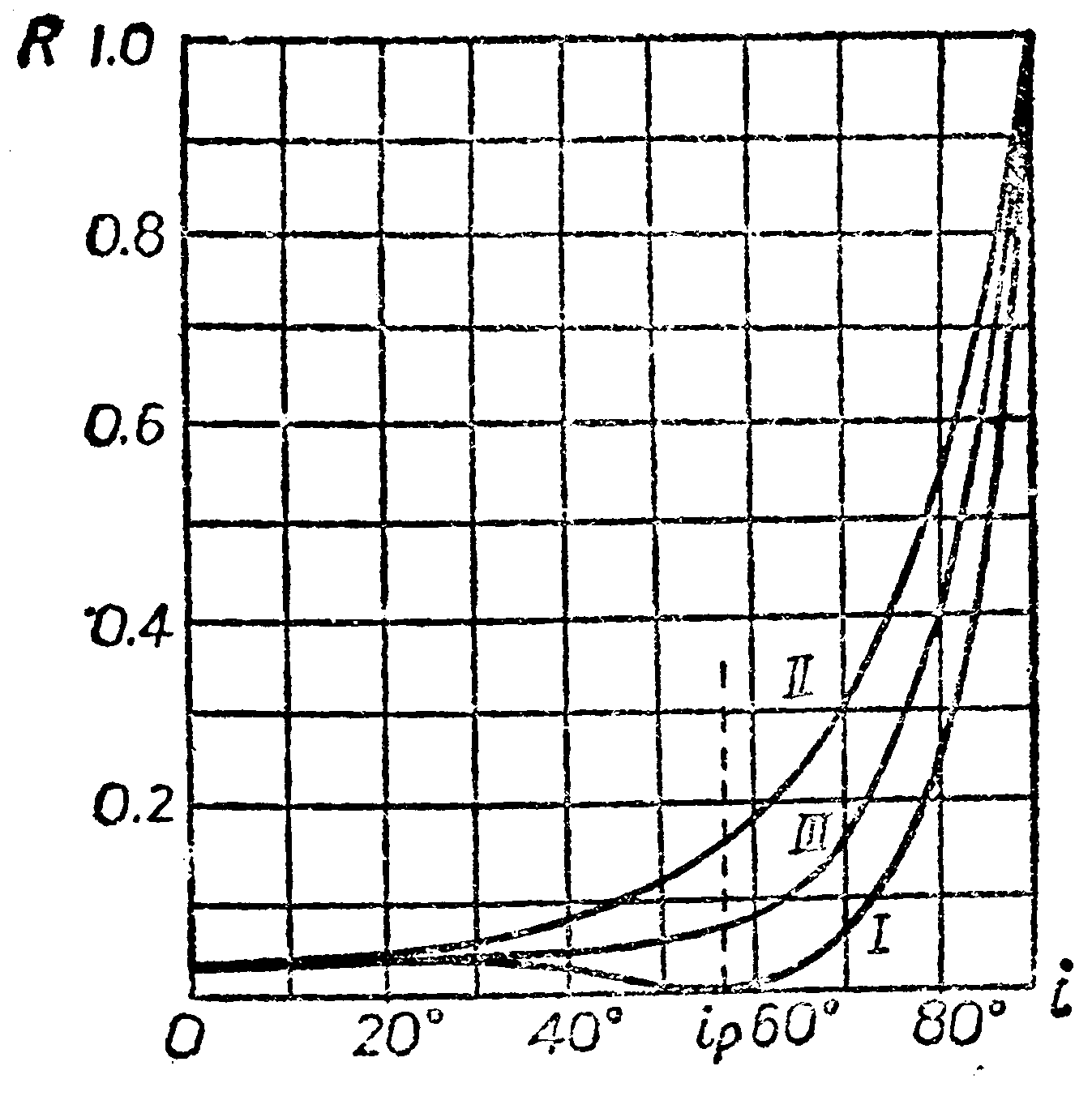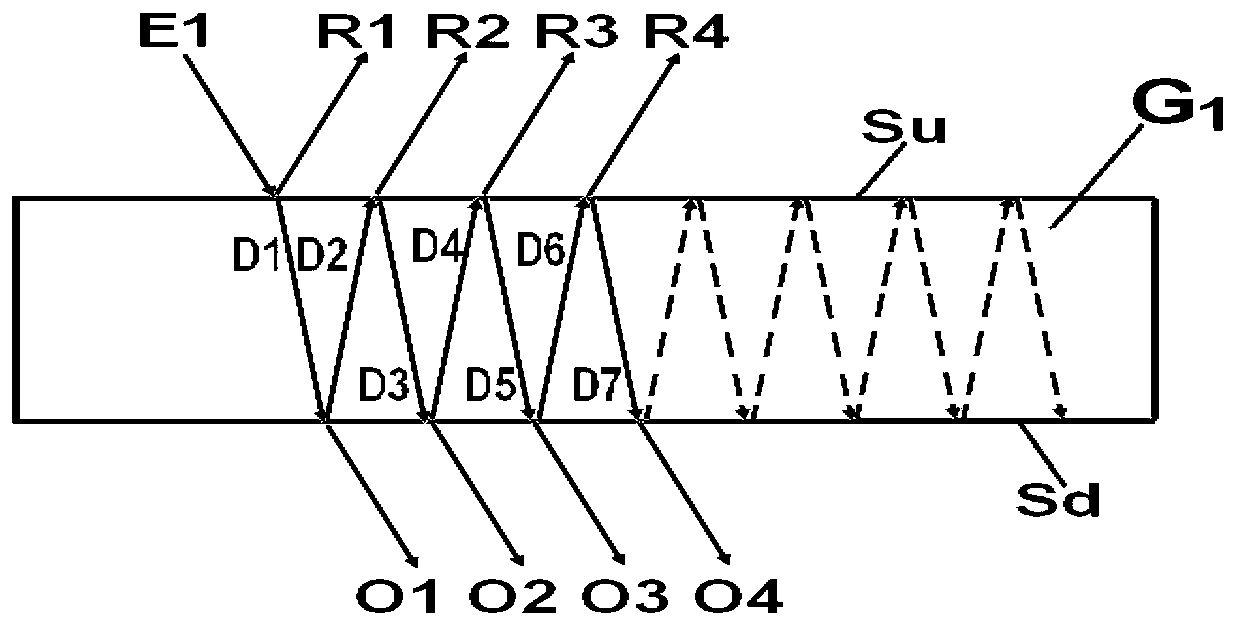Scattering method based on differences of refractive index in media and porous scattering material
A technology of refractive index difference and scattering materials, applied in the field of lighting optics, can solve the problems of reducing lighting efficiency, attenuating luminous flux, blocking light propagation, etc., to achieve high light output efficiency, satisfactory scattering effect, and large linearity.
- Summary
- Abstract
- Description
- Claims
- Application Information
AI Technical Summary
Problems solved by technology
Method used
Image
Examples
Embodiment Construction
[0025] The present invention will be described below with reference to the accompanying drawings.
[0026] The calculation theory and its derivation on the basis of the present invention:
[0027] attached figure 1 This is the medium reflectance curve graph on which the present invention is based, and the material is taken from Figures 12-13 of "Optics" (People's Education Press, 1978.9 first edition) edited by the mother country Guangguang and Zhan Yuanling. Curve I, curve II, and curve III in the figure correspond respectively to the reflectance Rp of vibration parallel to the incident surface (polarized light), the reflectance Rs of vibration perpendicular to the incident surface (polarized light), and the reflectance R of natural light. The axis represents the reflectance R, and the horizontal axis represents the incident angle i. The usual unpolarized light (natural light) corresponds to curve III. Depend on figure 1 It can be seen that the reflectivity R is almost un...
PUM
 Login to View More
Login to View More Abstract
Description
Claims
Application Information
 Login to View More
Login to View More - R&D
- Intellectual Property
- Life Sciences
- Materials
- Tech Scout
- Unparalleled Data Quality
- Higher Quality Content
- 60% Fewer Hallucinations
Browse by: Latest US Patents, China's latest patents, Technical Efficacy Thesaurus, Application Domain, Technology Topic, Popular Technical Reports.
© 2025 PatSnap. All rights reserved.Legal|Privacy policy|Modern Slavery Act Transparency Statement|Sitemap|About US| Contact US: help@patsnap.com



